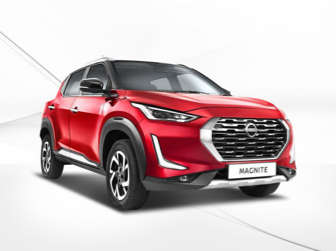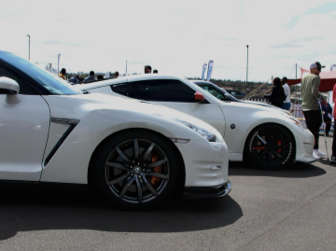South African motorists are becoming increasingly interested in electric vehicles, especially pre-owned models. However, when we look at the other end of the spectrum, there is a need for change in the public transport sector. One specific EV that has made headlines is a first for locals—the eKamva electric minibus.
The question is: what impact will it have on the socioeconomic climate and the future of public transportation?
What role will South Africa's electric minibus taxi play in public transportation?
For over 50 years, taxis have been the most accessible means of transport for many people, serving various income groups and needs. They handle 65% of the 2.5 billion annual passenger trips in urban areas, providing reliable service during both busy and quieter times. Currently, there are about 141,987 legally registered taxi vehicles, with around 95,000 (70%) used for short to medium trips in cities and the rest for rural and inter-city travel. More than a third of these taxis operate in Gauteng province.
How does the electric taxi work?
Firstly, the charge. This 15-seater electric taxi has the range to travel 200 km between charges. With a 60 kW DC fast charger, the eKamva's battery pack is able to recharge in 75 minutes, and is capable of being recharged overnight with an AC unit. That's not all there is to it. A number of factors need to be considered.
In the mornings and evenings during peak hours, most taxis are at the ranks for up to three hours - which is more than enough time for an eKamva to charge. with real-world tracking data for this report, Rudi Kriel, the GoMetro project leader could pin point what operations look like for taxi drivers.
The dwell times make a difference; this is the amount of time taxis spend parked and waiting at the taxi ranks. With an average dwell time of two to three hours, the driver of the eKamva can use this downtime to recharge to a sufficient range at the available charging station.
Another solid benefit of the eKamva is its rooftop solar panels. Not only do they help power the taxi, but they also provide electricity and shade for passengers waiting at the rank, making the waiting experience more comfortable.
Operational costs and performance breakdown
Operations
It stands to reason that fuel costs are the biggest priority for taxi operators, and this is incredibly important. Without the need for petrol or diesel, the eKamva electric minibus could potentially reduce fuel costs by up to 70%—a substantial saving that alleviates the extra stress of operational costs for drivers.
Running Costs: Electric vehicles have a lower operating cost than traditional vehicles over the same distance, since electricity is cheaper than petrol or diesel.
Import Tariffs: South African import tariffs add to the complexity of EVs, such as the eKamva, increasing their total price. By addressing these tariffs and taxes, particularly those classified as luxury taxes, FlxEV aims to reduce the cost of the eKamva for local taxi operators.
Performance
When it comes to the technical side of the vehicle, the eKamva operates using a 90 kW motor powered by a 70 kWh battery, providing several advantages compared to their petrol or diesel-run taxi counterparts, particularly in terms of maintenance and performance. For example, the e-taxi has fewer moving parts compared to combustion engines and can maintain speed at higher altitudes, which is a common issue with traditional petrol engines. Even though most taxi operations occur in Gauteng, 1,000 metres above sea level, the eKamva won’t have any problems dealing with altitude changes if they travel elsewhere.
Benefits for drivers and passengers
Torque and drive system
With its 300Nm torque and single-ratio drivetrain, the eKamva is more powerful than today's petrol or diesel taxis. Due to this, it can accelerate better, which is especially useful in city driving.
Effortless operation
EVs like the eKamva are easier to drive, particularly in heavy traffic. Unlike petrol and diesel taxis that often use a five-speed manual gearbox, which can be challenging in stop-and-go situations, EVs do not have gears, making them simpler and less taxing on the driver.
Quiet driving
The eKamva operates quietly and smoothly without the noise and vibrations associated with internal combustion engines. This leads to less fatigue for drivers and a more comfortable experience for passengers, resulting in more alert drivers and less fatigued commuters.
Going forward
The introduction of electric taxis to South Africa would change the way public transport performs. Here are a few potential impacts:
- Lower emissions
- Sustainability solutions
- Productivity and efficiency improvements
- Tax incentives
- Operations driven by real-world data
- Advancements in technology and infrastructure
- Job creation and local operator support
- Policy and regulation impact
Each of these changes would significantly shift the way transport is conducted, especially in serving the daily commuters who rely on taxi transport day to day.
Justin Coetzee, CEO of GoMetro, explained to Global Fleet, “This is a new approach to electrifying the smaller-vehicle public transport industry. We believe it will spark an entirely new economic sector and is socio-economically very important for the automotive sector. We view the eKamva as an extension of our drive towards decarbonisation.”
How to protect children from the dangers of a hot car
New Nissan Magnite Facelift Revealed


